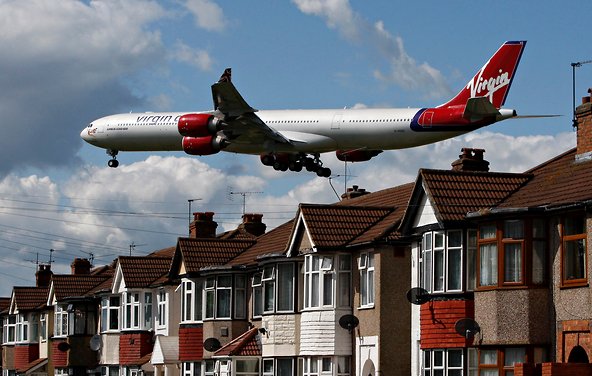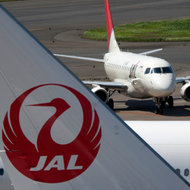This year, hotels in the United States will collect an estimated $2.1 billion in fees and surcharges, up from $2 billion in 2012, according to a new analysis by the Preston Robert Tisch Center for Hospitality, Tourism and Sports Management at New York University.
Of course, that’s small potatoes compared with the airline industry’s revenue from fees, which totaled $6 billion last year just in charges for checked bags and for changing an itinerary. Still, “the airline industry has created great cover that has emboldened the hotel industry,” said Bjorn Hanson, the divisional dean at the center.
Fee revenue has more than doubled in the last 10 years, as many hotels, especially convention, resort and luxury ones, add charges to the bill for services like the use of a business center or an Internet connection, and in some cases apply so-called resort fees that essentially are surcharges for using the hotel’s facilities.
Fees are also being added at some hotels for early checkout, receiving faxes and overnight packages, automatic gratuities and even things like minibar restocking, availability of in-room safes and mandatory valet parking.
Hey, don’t get me started. While attending a conference at a resort hotel in Phoenix two years ago, I was amazed to find a $12 charge for porterage — bellhop service, even though, like many of you, I always wheel my own bags. And charges for housekeeping service — that is, making your bed and cleaning your room — also turn up here and there.
Some readers even tell me that they have encountered charges for a donation to a local charity tacked onto a hotel bill.
And as I noted last week when I checked into the Hilton Bayfront Hotel in San Diego, the clerk asked me if I wanted to pay an extra $20 for a room with a better view. Not paying it got me a 19th-floor room by the elevators with a view of the maritime docks where trucks were unloading a banana boat. (This, actually, turned out to be interesting to watch, and I avoided the $20 surcharge.)
The hotel also charged $13.95 for basic Internet service and $19.95 for faster-speed service, which is not uncommon for higher-price hotels. In the business center, the charge for using a computer was $6.95 for each 15 minutes, an impressive $27.80 an hour.
On my bill at checkout, in addition to the basic nightly room rate of $260 and $27.50 in taxes, there was a daily charge of $5.20 listed as SD TMD Assessment. The city treasurer’s office describes that as a fee “to promote events and tourism in San Diego” that is levied specifically on hotels, which have the option of passing it on.
Incidentally, when I checked out a day earlier than originally planned, I was told the “early departure fee” was $75. I protested, and the front-desk clerk checked with a manager and dropped that charge “as a one-time courtesy.”
It’s important to note, by the way, that many hotel brands favored by business travelers are not in the fee-adding game. Across the industry, midlevel hotels with strong bases in business travel provide a range of services without any extra charge — from free Internet and business-center access to free breakfasts and in some cases even a free evening cocktail hour with snacks. I will enthusiastically stay when it’s feasible at one of these brands, whether a Hampton Inn or Garden Inn, a Country Inns and Suites, a Marriott Residence — to name just a few in that market niche.
The convention and meetings industry will account for a hefty $117 billion of the estimated overall $273.3 billion being spent this year on business travel in the United States, according to the Global Business Travel Association. Meetings are planned years in advance, and corporate event planners are negotiating future deals with hotels that have gained a lot more bargaining power as the hotel industry revives.
That means corporate planners need better data to negotiate on things like group rates, Wi-Fi and bandwidth capacity in rooms and meeting spaces, and other charges. “Hotels now are in the driver’s seat because there is more demand than supply” for some group events, said Kevin Iwamoto, the vice president for industry strategy business solutions at Active Network, a company that provides data management and cost-control technology for companies in the meetings industry.
The meetings and convention business is also growing internationally, as part of the estimated $1.12 trillion that will be spent globally on business travel this year, an increase of 5.4 percent over 2012, according to the trade group.
While some international travelers already encounter energy surcharges and other fees in some smaller hotels, the powerhouse hotel chains based in North America and rapidly expanding abroad are exporting the fee mentality, said Mr. Hanson of the Tisch center. “Some resort fees are becoming common worldwide, often because the North American brands take those practices globally,” he said.
Adding fees is “still more of a U.S. phenomenon than it is globally, but it’s catching on in the major gateway cities where North American brands have been transmitting these practices,” he added.

E-mail: jsharkey@nytimes.com
Article source: http://www.nytimes.com/2013/08/13/business/barrage-of-fees-starts-to-follow-fliers-to-the-hotel.html?partner=rss&emc=rss

